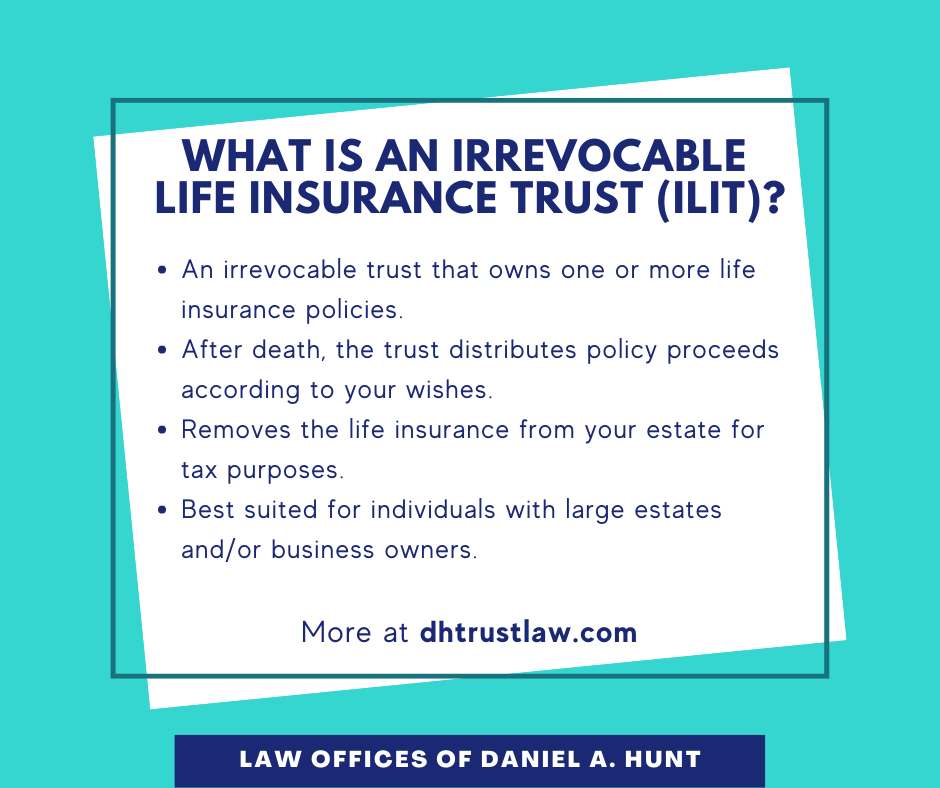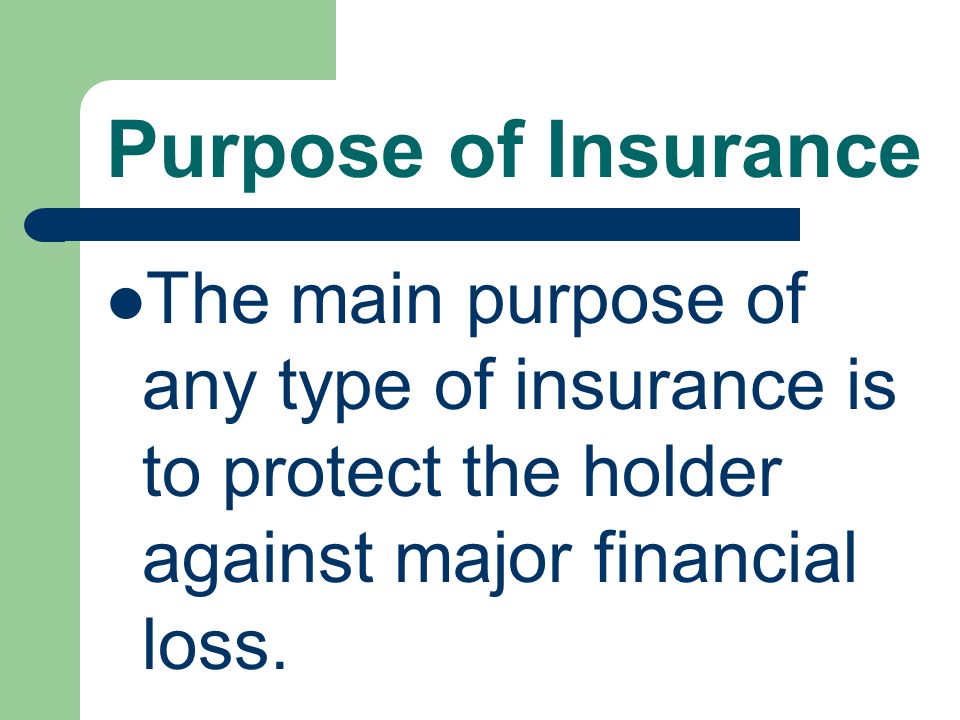What Does Pacific Prime Mean?
Table of ContentsThings about Pacific PrimeThe Basic Principles Of Pacific Prime The Pacific Prime PDFsThe Best Strategy To Use For Pacific Prime
In many states, the insurance firm is called for to send you a duplicate of the adjustments to your plan. It is necessary that you review Endorsements or Bikers so you recognize how your policy has changed and if the policy is still adequate to meet your needs. To obtain a duplicate of your insurance coverage, please contact your insurance coverage agent or company.
The Institute of Medicine (IOM) Committee on the Repercussions of Uninsurance launches an extended examination of proof that addresses the value of health and wellness insurance protection with the magazine of this report. Insurance coverage Matters is the first in a collection of six reports that will certainly be provided over the next two years documenting the reality and effects of having an approximated 40 million individuals in the United States without wellness insurance coverage.

See This Report about Pacific Prime
The objective of this series of research studies is to redouble plan attention on a longstanding trouble. Following the longest financial development in American background, in 1999, an approximated one out of every six Americans32 million adults under the age of 65 and greater than 10 million childrenremains without insurance (Mills, 2000).

10 percent of the population make up 70 percent of wellness treatment expenditures, a connection that has stayed continuous over the past three decades (Berk and Monheit, 2001) - international travel insurance. Therefore wellness insurance coverage remains to serve the feature of spreading out threat also as it increasingly funds routine care. From the point of view of healthcare companies, insurance carried by their people aids secure a revenue stream, and communities benefit from financially practical and steady health and wellness care professionals and establishments
Federal government supplies medical insurance to populaces whom the exclusive market might not offer properly, such as disabled and senior citizens, and populaces whose accessibility to healthcare is socially valued, such as kids and expectant females. The utmost ends of wellness insurance coverage for the individual and areas, consisting of work environment neighborhoods of employees and companies, are boosted health and wellness outcomes and quality of life.
An Unbiased View of Pacific Prime
Staff members place medical insurance first by far in value among all the advantages offered in the work environment (Salisbury, 2001). There have been large financial investments of personal and public funds to offer health insurance, numerous people still have no coverage. Regardless of considerable coverage of survey findings and healthcare research results, the general public continues to be confused and misinformed concerning Americans without medical insurance and the effects of doing not have protection.

Without concern, the intricacy of American healthcare financing systems and the wide range of resources of information add to the general public's complication and hesitation regarding medical insurance data and their analysis. This record and those that will certainly follow aim to distill and provide in easily reasonable terms the substantial study that bears upon questions of health insurance coverage and its significance.
Fifty-seven percent of Americans surveyed in 1999 believed that those without medical insurance are "able to get the care they need from doctors and healthcare facilities" (Blendon et al., 1999, p. 207). In 1993, when nationwide interest was concentrated on the issues of the uninsured and on pending healthcare regulation, simply 43 percent of those questioned held this idea (Blendon et al., 1999).

They also receive fewer preventive solutions and are much less most likely to have normal take care of chronic problems such as high blood pressure and diabetic issues. Persistent conditions can bring about pricey and disabling issues if they are not well handled (Lurie et al., 1984; Lurie et al., 1986; Ayanian et al., 2000). One nationwide survey asked even more than 3,400 adults regarding 15 highly major or morbid problems.
The Definitive Guide to Pacific Prime
Additional proof exists later on in this chapter in the conversation of insurance coverage and access to healthcare. https://sitereport.netcraft.com/?url=https://www.pacificprime.com. Individuals without medical insurance are young and healthy and pick to go without coverage. Nearly half (43 percent) of those evaluated in 2000 believed that individuals without health and wellness insurance are most likely to have illness than people with insurance coverage
Voters and plan makers in emphasis group conversations characterize those without insurance policy as young individuals that have the chance to be covered and feel they do not require it (Porter Novelli, 2001). Contrasted to those with at least some exclusive insurance coverage, the without insurance are less most likely to report remaining in exceptional or excellent health (Company for Healthcare Research Study and Top Quality, 2001).
SOURCE: Facility for Price and Financing Research Studies, Firm for Healthcare Study and Quality, based on MEPS information. Young adults in between 19 and 34 are much more most likely to lack medical insurance than any type of various other age. This is primarily because they are much less commonly qualified for employment-based insurance coverage as a result of the nature of their work or their short tenure in it.
The assumption that individuals without insurance policy have better-than-average health complies with from puzzling the reasonably young age account of the without insurance click to investigate with the better health, generally, of younger persons. This covers the web link in between wellness standing and medical insurance. For those without access to office medical insurance, poor health and wellness is a possible barrier to buying nongroup insurance coverage due to the fact that such insurance coverage might be extremely valued, omit preexisting conditions, or be just inaccessible.